What is Integrated Production or Integrated Agriculture?
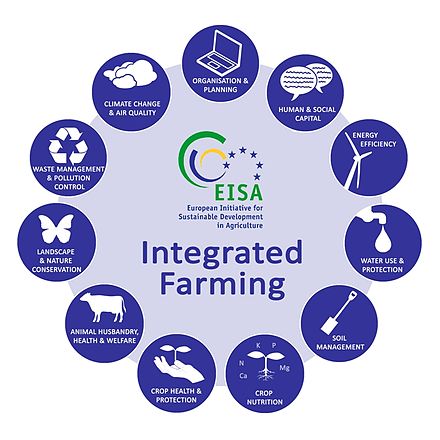
Hi Farmers. Today in Agrohuerto we are going to explain what integrated production is. We will also see its differences with organic farming, its normative regulation and its evolution in Spain.
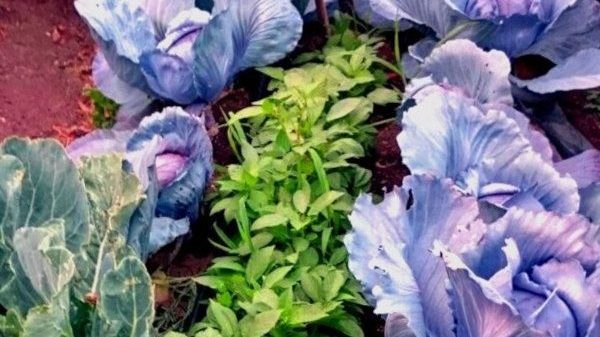
What is Integrated Production?
Integrated Production is a type of agriculture. A form of food production similar to Organic Farming. It has similarities and some differences with organic farming, but it is closer to it than to conventional or intensive farming.
Integrated Production is a type of production halfway between intensive and ecological agriculture. It uses compatible techniques aimed at protecting the environment and conserving water, air, soil and the landscape. That is why Integrated Production can be the starting point for the “Agroecological Transition” or “Reconversion”. (The Reconversion: it is a change in the way of doing agriculture.
It is aimed at achieving the majority practice of Organic or Ecological Agriculture instead of agriculture with intensive methods and the use of chemical or artificial substances).
Due to its environmental benefits, the governments and institutions of developed countries encourage and regulate this way of farming.
The goal is to one day reach the end of this «reconversion» and achieve a sustainable agriculture that manages to obtain sufficient production but ensuring for the future the diversity of the ecosystem and the conservation of natural resources, while responding to new social demands regarding the quality of products (healthier and more natural foods) and respect for the environment.
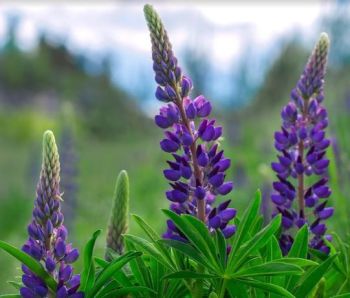
Differences between integrated agriculture and ecological agriculture
The origin of integrated protection is in the biological fight or integrated fight, which is one of the basic aspects of Ecological Agriculture.Like this one, it seeks environmental sustainability. As we have already seen in other posts, the integrated fight is the integration of a set of techniques and actions on crops. Its objective is to minimize or eliminate the use of chemical substances for the control of pests and diseases.
Unlike what happens in Ecological Agriculture, in Agriculture or Integrated Production the use of artificial chemical products is allowed. Although the minimum use of the same is sought and with limits or restrictions embodied in the corresponding regulations. In the case of Spain, for example, there are specific Technical Standards for each crop.
The European Union does not have a specific legal framework for Integrated Production. However, each country that practices it has state or regional regulations. If not, it presents standards established by private initiatives that seek to improve agriculture and the environment. Normally all these standards follow the guidelines and definitions established by the OILB (International Organization for Biological and Integrated Fighting).
Integrated production in Spain
Spanish Integrated Production is regulated by Royal Decree 1201/2002, of November 20, the purpose and scope of which is summarized in the following points:
- The establishment of production standards and general requirements that must be met by operators who benefit from integrated production systems.
- The regulation of the use of guarantee identifications that differentiate these products before the consumer.
- The recognition of integrated production groups in agriculture for the promotion of said production.
- The creation of the National Commission for Integrated Production in charge of advising and coordinating on integrated production.
Positive evolution of the Spanish integrated production
The environmental awareness of farmers and the drive by public and private institutions for Integrated Agriculture has resulted in a large increase in this type of production. In fact, in Spain, Integrated Production has quadrupled in the last ten years. It currently represents 3% of the Spanish agricultural area. You can see this increase in the following image.
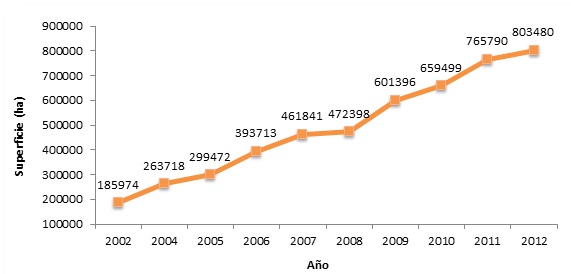
Integrated protection in crops in Spain
In terms of crops, the most produced in Spain through Integrated Agriculture is the olive grove, with more than 400,000 ha. Therefore, the autonomous community with the most area dedicated to this type of production is Andalusia. This autonomous community exceeds half a million registered hectares. It is followed by Extremadura, with just over 100,000 hectares cultivated according to the canons of Integrated Production.
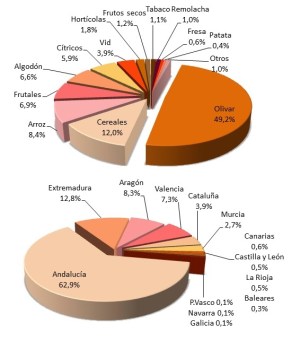
Well… after having talked to you in other posts about Organic or Ecological Agriculture, Natural Agriculture, Permaculture … and organic food (common in all these currents), I thought it was essential to explain a little about what this Integrated Production since, as we have seen, it is the previous step to reach a mostly ecological agriculture and food.
References
- Zhao, Z., Hui, C., Li, B. (2015).Effects of agricultural intensification on ability of natural enemies to control aphids. (April).
- Bohanec M, Cortet J, Griffiths B, Žnidarši? M, Debeljak M, Caul S, Krogh PH (2007).A qualitative multi-attribute model for assessing the impact of cropping systems on soil quality. Pedobiology, 51, 239–250.
- Arnó, J., Sheep, M., Gabarra, R. (2018).Selection of flowering plants to enhance the biological control of Tuta Absoluta using parasitoids. Biological Control,122, 41-50.
To achieve a big change, small steps are necessary to help us get there!


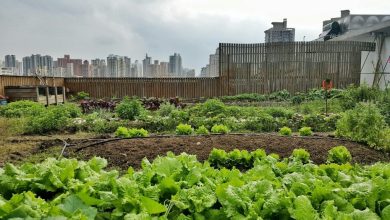
![Photo of Aquilegia Vulgaris: [Planting, Care, Irrigation, Substrate, Problems]](https://www.complete-gardening.com/wp-content/uploads/2022/08/aquilegia-vulgaris-planting-care-irrigation-substrate-problems-390x220.jpg)
![Photo of Phalloid Amanita: [Characteristics, Effects, Prevention and Reproduction]](https://www.complete-gardening.com/wp-content/uploads/2022/08/phalloid-amanita-characteristics-effects-prevention-and-reproduction-390x220.png)